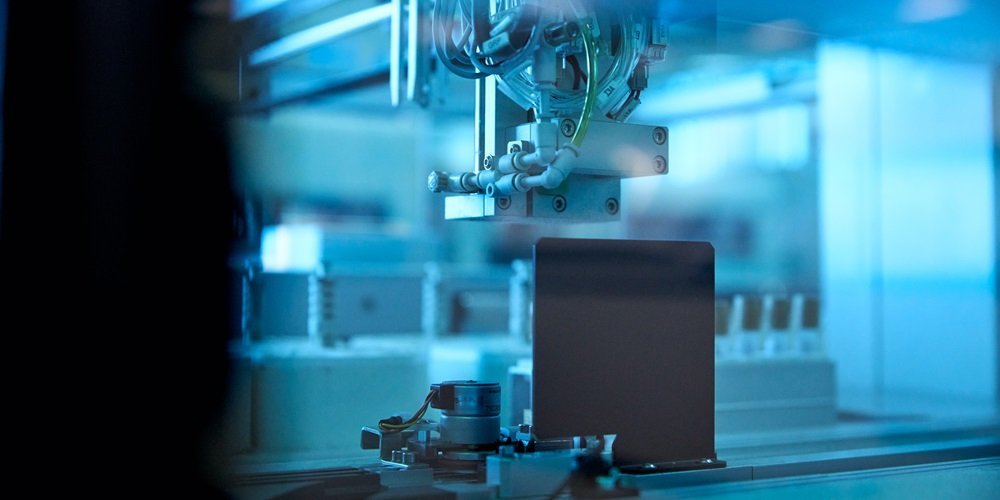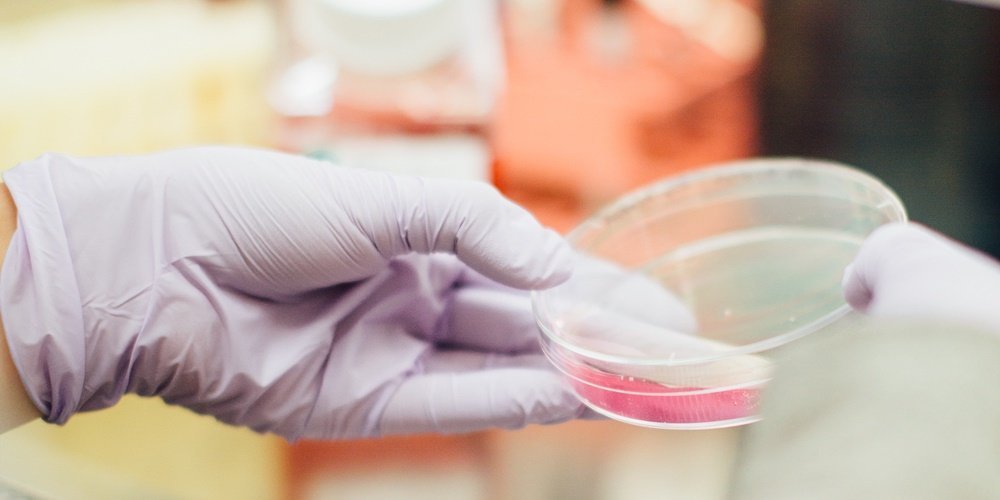Guide For Planning a Sustainable Laboratory Space

As our world becomes increasingly aware of the need for sustainable practices, it’s important for all industries to take certain steps to reduce their environmental impact.
Laboratories consume large vast amounts of energy and resources, and produce a significant amount of waste. However, by implementing sustainable measures, laboratory spaces can not only reduce their environmental impact, but also save money on resources and create a more efficient and healthy work environment.
This guide will provide an overview of the steps that can be taken to create a sustainable laboratory space. By following these guidelines, laboratory owners, managers and facility teams can take an active role in creating a more sustainable future for themselves, their colleagues, and our planet.
Planning a Sustainable Laboratory Space
Planning a sustainable laboratory space is an important step in creating an environmentally-friendly and cost-efficient laboratory.
It starts with assessing current energy and resource usage, identifying areas for improvement and setting sustainability goals. By understanding the current state of the laboratory, it allows us to make informed decisions on where to focus efforts and resources to create a sustainable laboratory space.
Assessing Current Energy and Resource Usage
When creating sustainable laboratory spaces, it’s essential to thoroughly assess the current energy and resource usage. This includes understanding what energy sources are currently being utilized and how much of them. Evaluating current practices related to water and waste management can be helpful in identifying potential opportunities for sustainable improvements.
Establishing benchmarks of current energy and resource usage is the first step one takes towards designing greener laboratory spaces that can reduce their overall environmental impact.
Identifying Areas for Improvement
In order to ensure the safety and efficiency of lab personnel, it is important to focus on optimizing energy usage, conserving resources, reducing waste, and improving air quality as well as other environmental factors.
To do this effectively, organizations should develop strategies that include updating hardware and software for setting standards for efficient processes, improving ventilation systems, and purchasing supplies from sustainable vendors. Integrating something as simple as intuitive lighting or reminders to turn off electronic devices when not in use can make a significant impact in maintaining an environmentally friendly workspace.
Setting Sustainability Goals
Creating a sustainable laboratory space begins with the establishment of clear sustainability goals. These goals must be actionable, achievable in the short term, measurable, and supported by stakeholders. To ensure that these goals are met, an individual or team should design an operations plan with timetables, tracking indicators, best practices, and budgetary analysis.
When setting sustainability goals for a lab, it is essential to remember that building sustainable laboratories not only contributes to ecological balance but also helps drive financial savings through efficient use of all resources.

Implementing Sustainability Measures
Building a sustainable laboratory space requires an array of considerations.
- Energy efficiency, water conservation, waste management and procurement of sustainable materials are important measures to ensure best practice in reducing the environmental impact of the laboratory.
- Controlling indoor air quality is a fundamental aspect in creating a safe and healthy environment for users of the laboratory.
- Appropriate ventilation must be carefully designed to introduce fresh air into the working space and avoid any potential hazards which could negatively affect those occupying the lab.
By systematically following these sustainability measures when designing a laboratory space, maximum efficiency can be achieved in both energy use and quality control.
The Benefits of a Sustainable Laboratory Space
Sustainable laboratory spaces are becoming increasingly important in our current global climate. With technology and science advancing at a rapid rate, it is essential that the infrastructure used to create such progress is ecologically responsible. Sustainable laboratory structures offer many benefits including:
- Energy Efficiency: Sustainable laboratory spaces are designed to minimize energy consumption, reducing overall costs and carbon emissions.
- Health and Safety: Sustainable laboratory spaces incorporate natural light, air circulation, and other features to improve indoor air quality and promote the well-being of the people who work in the lab.
- Resource Conservation: Sustainable laboratory spaces incorporate features such as water-saving fixtures and recycling systems to reduce resource consumption and waste.
- Durability and Adaptability: Sustainable laboratory spaces are designed with long-term durability and adaptability in mind, ensuring that they can be used efficiently and cost-effectively for many years.
- Cost Savings: By incorporating sustainable design elements, laboratory spaces can reduce energy and resource costs, resulting in cost savings over time.
In conclusion, designing a sustainable laboratory space is a crucial step in creating a greener and more efficient work environment. By incorporating energy-efficient systems, resource-saving features, and sustainable materials, laboratory spaces can conserve resources, reduce costs, and promote the health and well-being of those who work within them.
Let’s create laboratories that not only support research and discovery, but also support the planet we all depend on.




